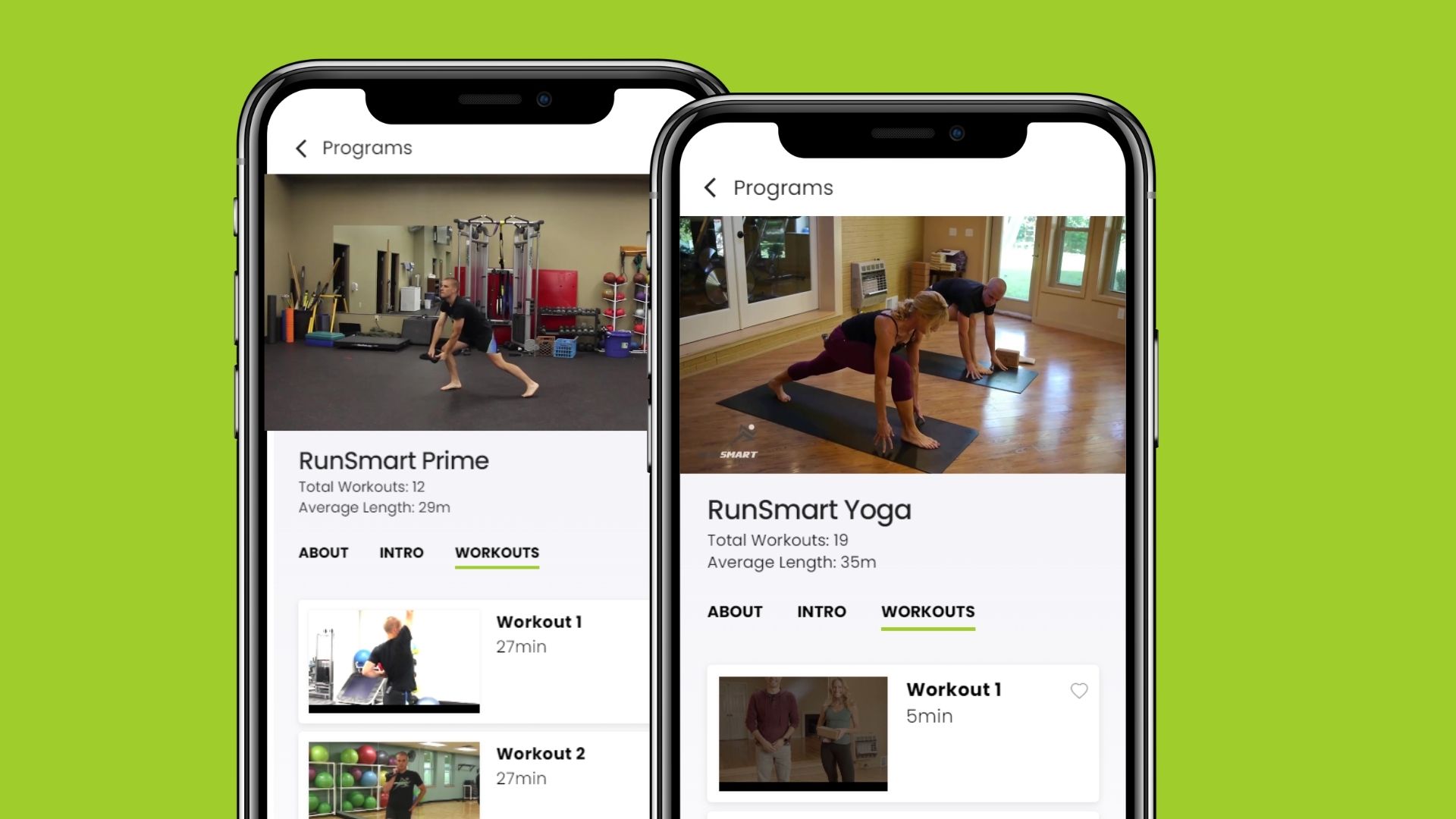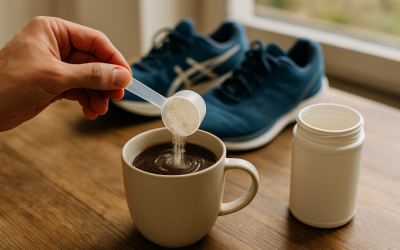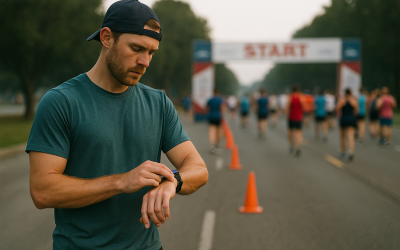If your stride feels slow and choppy, you may be “tapping the breaks.”
Picture yourself driving down the road and tapping the brakes 160 times per minute. As you can imagine, it would be quite jerky, inefficient, and painful.
Unfortunately, most run in a way that reflects that analogy.
An overextended stride with knee straight and toes pointed skyward is inefficient. It works against you for picking up the pace and will increase your risk of injury.
To learn more about assessing your run form, watch the video below!
Identifying Poor Run Form
A lot of runners don’t know what they look like when they run.
This is a problem since run form is so important for running faster without injury.
The first step to improving your run form is identifying the problem areas.
If you don’t know what you look like running, I highly encourage you to video yourself.
At first glance, you might think your running is fine. You will need to slow down the video to really see what you’re doing.
Tapping the Brakes
If your leg goes straight, toes point up, and you land on the heel first, your run form is slowing you down.
The ground will push backwards against you when you make contact heel first with a straight knee.
You will build momentum again as you push off, only to ‘tap the brakes’ every time your heel hits the ground.
Most runners take 160 steps per minute. If you’re tapping the breaks on every step, this will slow you down significantly.
If you’re not convinced, try to stand up in this position with your knee straight out front and your back leg lifted.
You can’t. You will fall backwards.
This shows that from a mechanics standpoint, you’re clearly stopping the forward motion of your stride.
In addition to slowing you down, landing with a straight knee will also cause injuries by putting extreme pressure on your joints.
How to Fix It
For the ideal stride, you want to land on your midfoot with a soft knee. This will take the force from the ground and drive it up instead of backwards.
As you push off, you will carry that momentum forward instead of ‘tapping the brakes.’
This will be a total gamechanger for your running.
Main Message
You need to have good run form for more speed and fewer injuries in the long term.
Improving your form means learning to run midfoot.
If you want to get started, check out our Free Guide to Improving Run Form below.
Don’t let a poor stride stop you from running your best!
Ready to Improve Your Run Form?
Download Steve Gonser’s FREE Run Form Guide!
You will learn:
- How to find your midfoot – and it’s not from running on your toes or avoiding your heel
- What you should feel and expect when changing your run form
- #1 stretch to ease tension in your lower legs to transition your stride safely
- The best glute exercise to support your new run form
- Top 3 benefits to learning a proper midfoot strike




